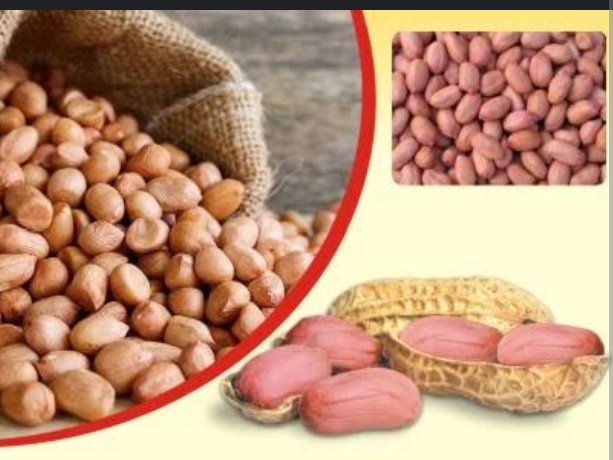A
Comprehensive Guide to Rice Transplanting and Efficient Irrigation Systems
Nurturing
the Future Harvest:
Introduction:
Rice, a staple food for a
substantial portion of the world's population, undergoes a meticulous
cultivation process that involves precise transplanting and effective
irrigation. In this blog post, we will delve into the step-by-step guide for
rice transplanting and explore the key elements of modern irrigation systems,
shedding light on the techniques that pave the way for a bountiful harvest.
I. Rice Transplanting: A Systematic
Approach
Rice transplanting is a
crucial stage in the cultivation process, and executing it with precision can
significantly impact crop yield. Here's a comprehensive guide to the steps
involved:
1. Selecting Seed Varieties:
Begin by choosing high-quality rice seeds
that are well-suited to the local climate and soil conditions. The right seed
varieties play a pivotal role in determining the success of the transplanting
process.
2.Seedbed Preparation:
Create a dedicated seedbed or nursery where
the rice seeds can germinate and develop into seedlings. Prepare the seedbed by
plowing, leveling, and incorporating organic matter to ensure optimal growing
conditions.
3. Sowing Seeds:
Sow the selected rice seeds in the seedbed
at the recommended spacing. Adequate spacing ensures that each seedling has
sufficient space to grow and avoids competition for nutrients.
4. Seedling Care:
Nurture the seedlings in the nursery by
providing proper irrigation, protection from pests, and necessary nutrients.
Monitor the seedlings closely to ensure they reach the desired transplanting
stage.
5.Transplanting Seedlings:
When the seedlings reach the appropriate
height (typically around 25-30 days after sowing), they are ready for
transplanting. Carefully uproot the seedlings from the nursery, ensuring
minimal damage to the roots, and transplant them to the main field.
6. Field Preparation:
Prepare the main field by plowing and
leveling to create a well-drained and evenly textured soil bed. Adequate field
preparation is essential for uniform transplanting and optimal crop growth.
7. Transplanting Techniques:
Employ systematic transplanting techniques,
such as square or rectangular spacing, to ensure even distribution of
seedlings. Maintain consistent spacing between rows and plants for uniform
growth and efficient management.
II. Modern Irrigation
Systems: Ensuring Water Efficiency
Efficient irrigation is
vital for the health and productivity of rice crops. Explore the steps involved
in implementing modern irrigation systems:
1. Assessing Water Requirements:
Understand the water needs of rice at
different growth stages. Consider factors such as soil type, weather
conditions, and crop variety when determining the irrigation schedule.
2. Choosing the Right
System:
Select an irrigation system that suits the
specific requirements of your rice field. Common systems include drip
irrigation, sprinkler systems, and subsurface irrigation. Each system has its
advantages and is applicable in different scenarios.
3. Installing Infrastructure:
Set up the necessary infrastructure,
including pipes, pumps, and control systems, for the chosen irrigation method.
Ensure that the system is well-designed to cover the entire rice field
effectively.
4. Monitoring and Control:
Implement monitoring tools such as soil
moisture sensors and weather forecasts to gauge the irrigation needs
accurately. Automation and smart control systems can aid in adjusting water
delivery based on real-time data.
5. Applying Water Efficiently:
Deliver water precisely to the root zone,
avoiding wastage through evaporation or runoff. Proper water management is
critical for maximizing crop yield and minimizing environmental impact.
Conclusion:
The successful
cultivation of rice hinges on the meticulous execution of transplanting
techniques and the implementation of efficient irrigation systems. By following
these comprehensive steps, farmers can optimize their practices, ensuring a
sustainable and productive future for rice cultivation. Embracing modern
technologies and adopting best practices will not only enhance yields but also
contribute to the overall resilience and adaptability of rice farming in a
dynamic agricultural landscape.




Comments
Post a Comment